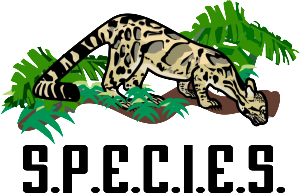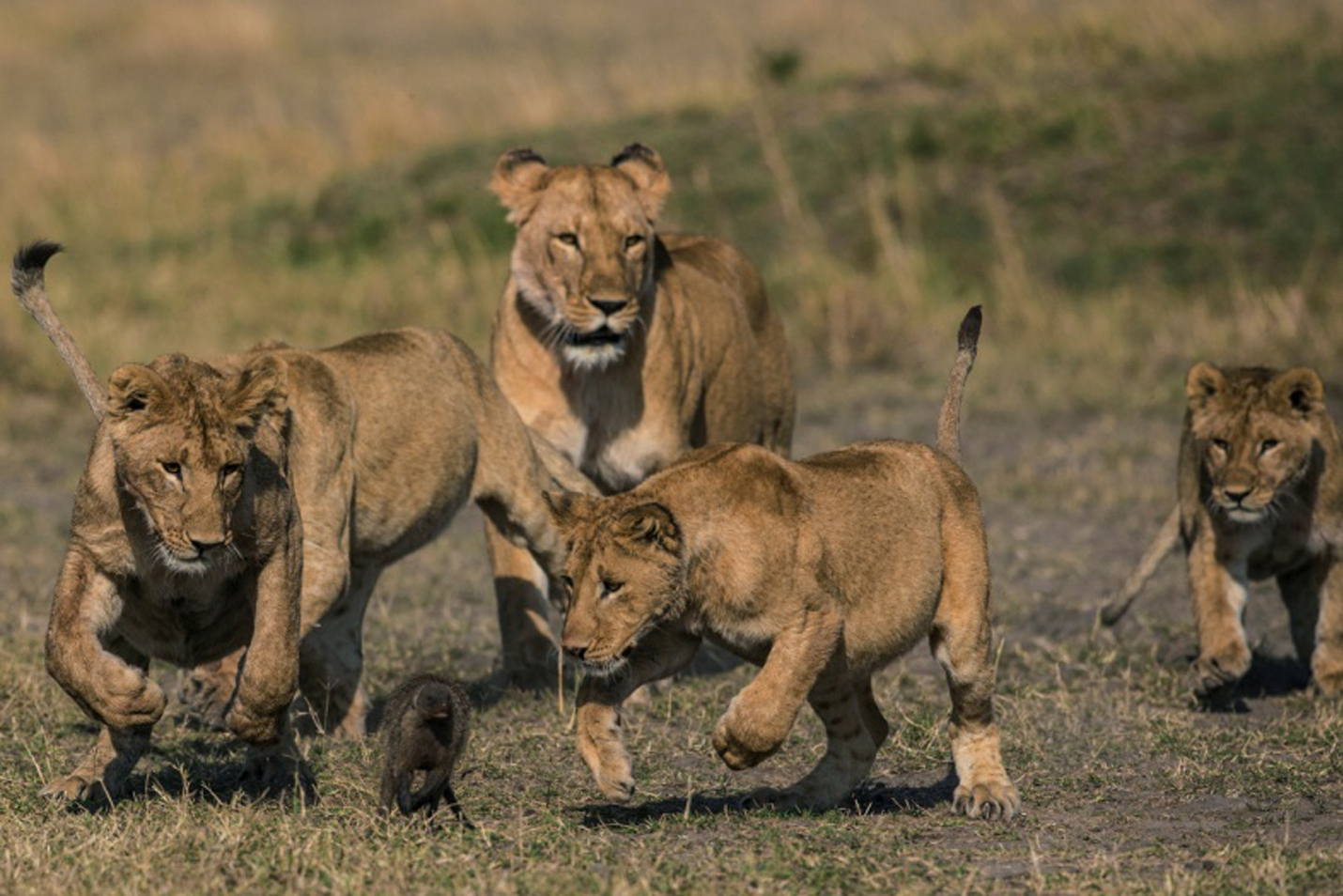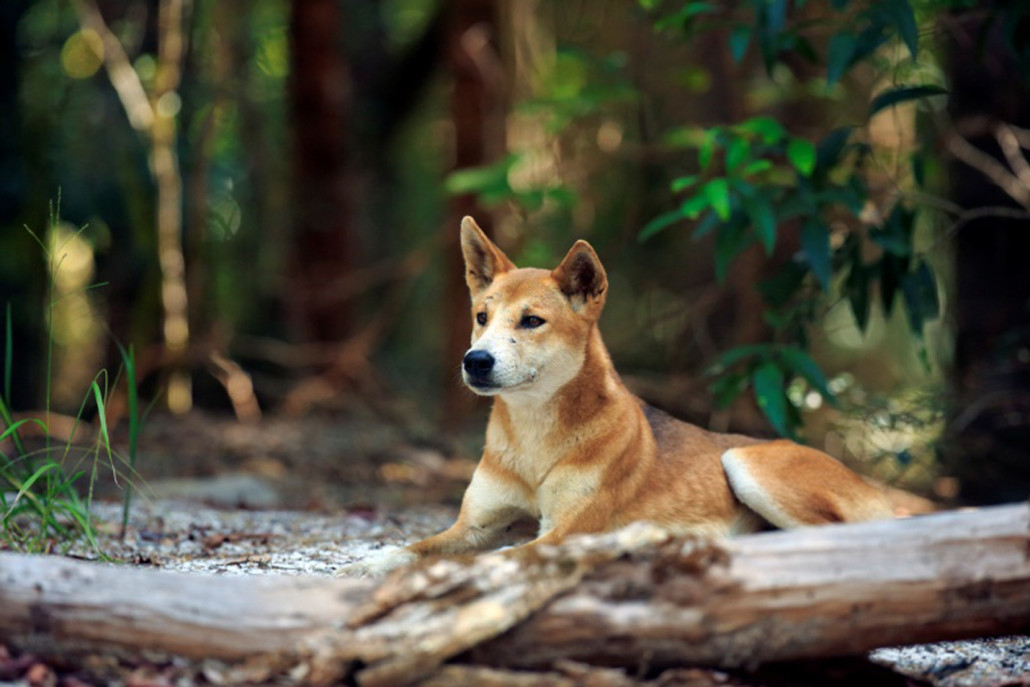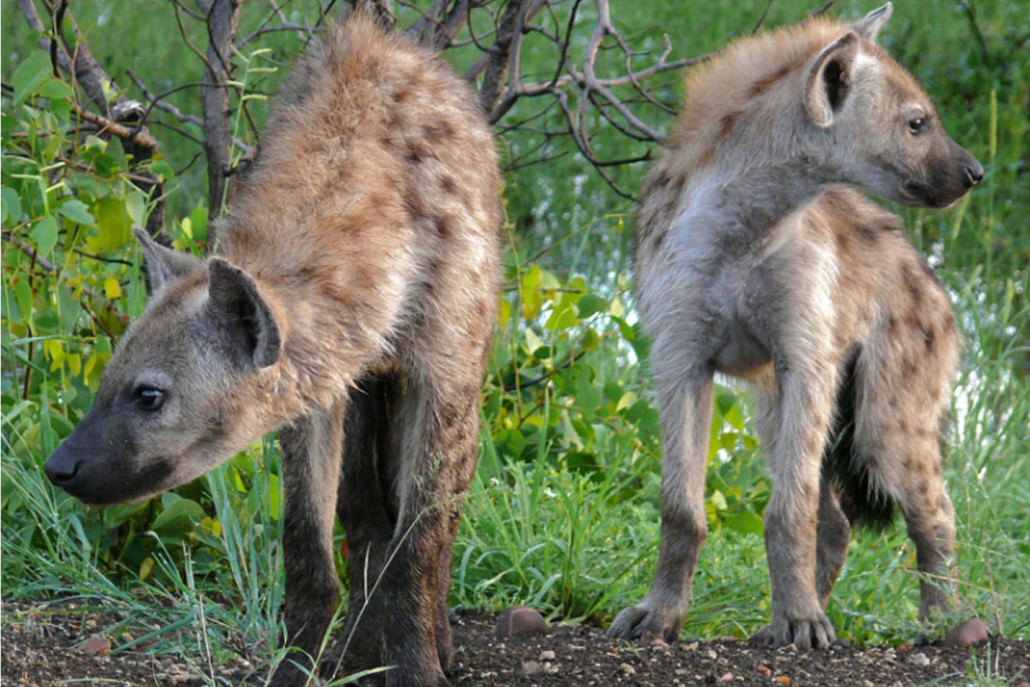Why Carnivores?
In general, carnivores are high profile, recognizable, and charismatic species. They are flagship species: the face of broad, complex conservation issues. The tiger, wolf, grizzly bear, cheetah, and wolverine are good examples of this visible status and charisma and they are representatives of the natural world, establishing a connection to conservation problems. Beyond this, there are important ecological reasons why the conservation of many habitats should start with its carnivores.
Due to their elevated trophic level or position in the food web, carnivores occur at low population densities relative to species at lower trophic levels. Individual carnivores range over large territories and display avoidant behavior, making them challenging to survey and protect. These vast territories leave proportionally less room for them in a defined area than other species, making their habitat more susceptible to encroachment and loss. They are the first to feel the effects of disappearing landscapes and, as a result, a high proportion of carnivore species are threatened or endangered.
Because of their wide-ranging nature, long-term conservation strategies aimed at restoring carnivore populations must target large, diverse, and often ecologically important areas, all of which include many other species. Carnivores are effective surrogates for broader biodiversity conservation planning. Some species; such as wolves, lions, and sea otters; are keystone species, meaning their presence is a critical element to the function of their ecosystems. Through direct predation, carnivores directly impact the diversity and composition of animal and plant communities, a process known as a trophic cascade. Other species, particularly mesocarnivores (an omnivore whose diet consists mostly of meat) like river otters, serve as effective indicator or sentinel species, meaning they are indicative of an ecosystem’s relative health.
As agriculture and urban development advance in more habitats around the world, conflict between carnivores and people will inevitably increase. For some species, such as tigers and leopards, this may lead to more direct attacks on people. More commonly, other conflicts occur. Jaguars and snow leopards frequently depredate people’s livestock; black and brown bears raid garbage areas and campgrounds; and coyotes, pumas, and leopards can be a threat to pets in certain regions. Finding solutions to these human-wildlife conflicts is one of the front lines of conservation.




